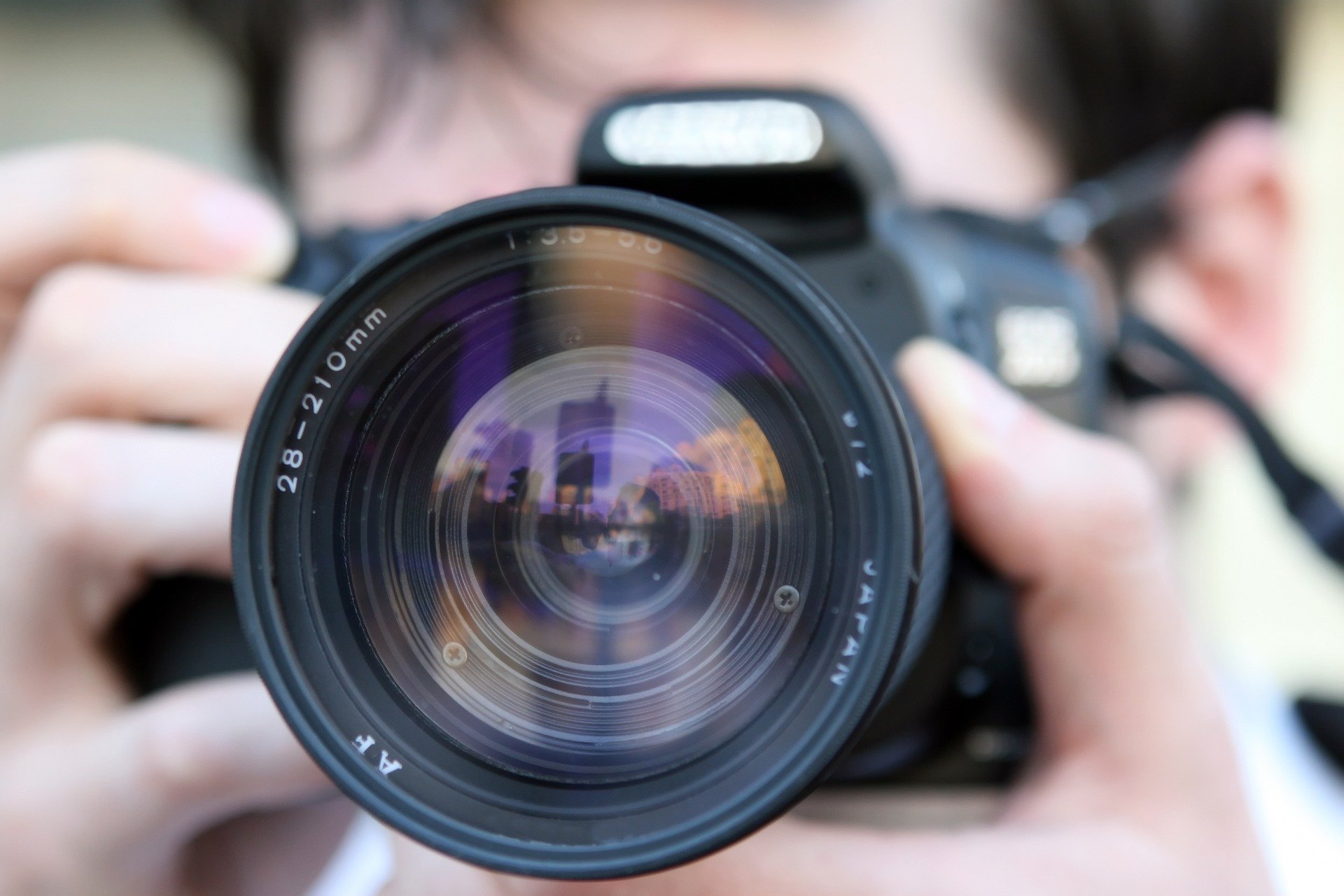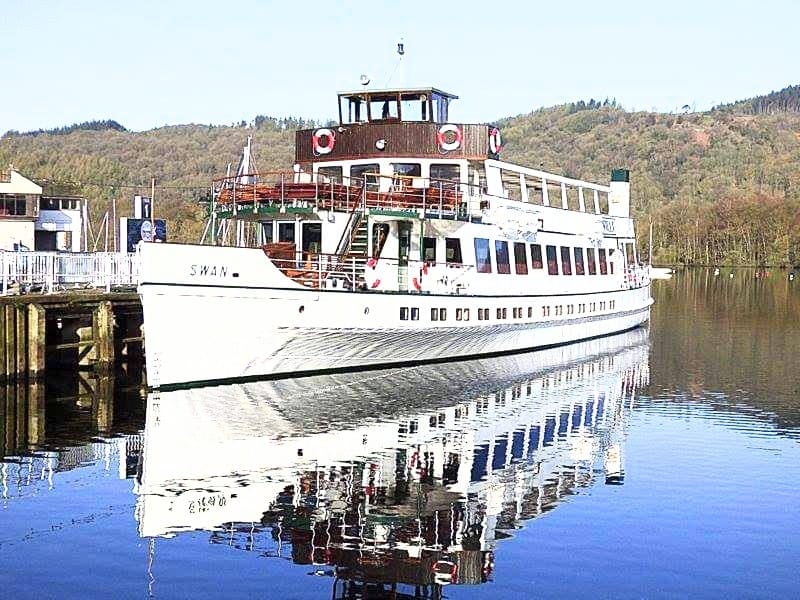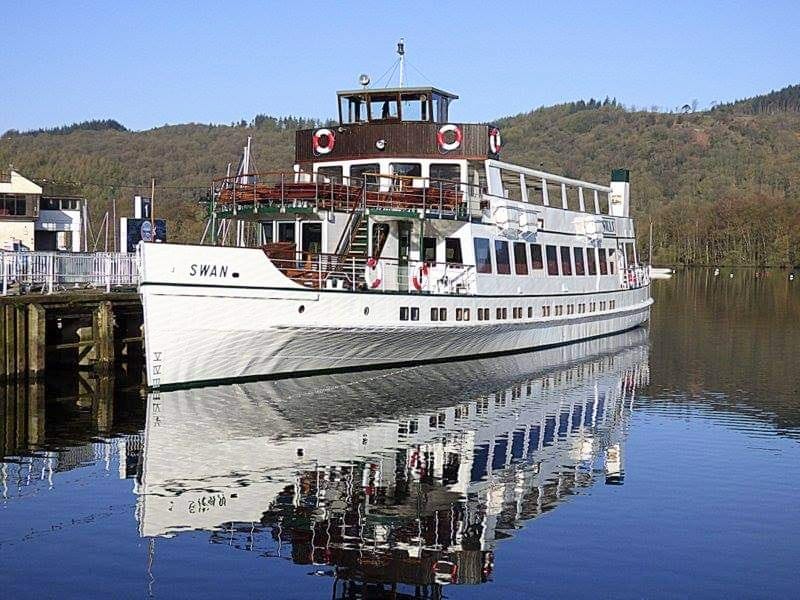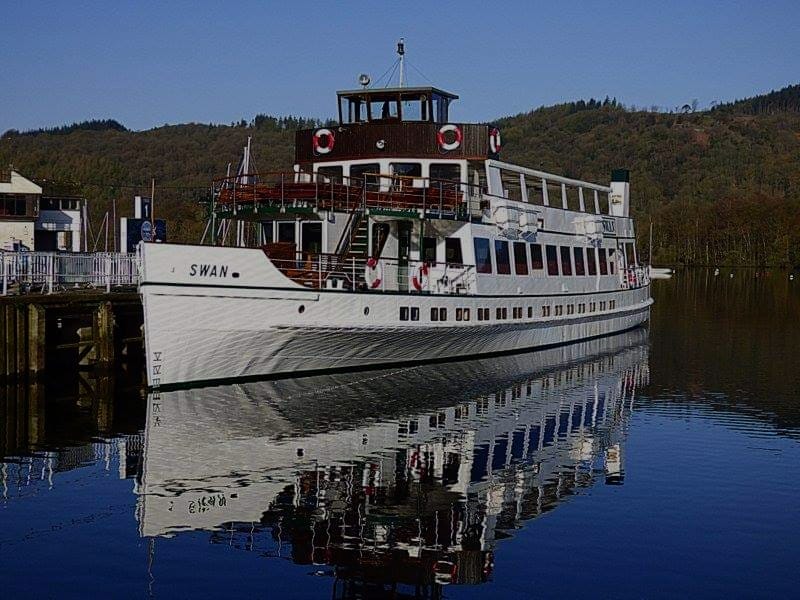
CHOOSING A REFERENCE PICTURE – WHAT YOU NEED TO KNOW
When choosing a reference picture, it’s important to find one that is legal to use, has good lighting and is crisp and clear rather than blurry, has an appealing composition and one that inspires you. It can be difficult choosing a reference picture but once you learn the basics, there will be no stopping you!
USAGE RIGHTS, ROYALTY FREE AND COPYRIGHT
These are all terms you will come across when trying to find a reference picture, but what do they mean?
Usage rights are certain permissions given to an individual by a photographer to use their work for a specific reason and/or for a particular length of time. As an example, a photographer may grant you permission to use their image on your wedding invitations. Once you have used that image, you need to gain further permission to use it for anything else.
Royalty-free is a term used to describe an image or artwork that can be used without needing to pay royalties to the copyright owner. Some royalty-free websites do require a small fee for you to be able to use a photo. The copyright stays with the owner but they are kindly giving permission for it to be used, without the need to contact them. You cannot claim ownership of the image and the copyright owner can revoke permission to use it at any time. If they feel the image is not being used appropriately, they can still file a copyright infringement case against you.
Copyright is the legal right given to an individual to edit, print, sell, publish, reproduce or distribute creative work. As soon as a photographer, for example, captures an image, they automatically own the copyright. It doesn’t matter if they are a professional, amateur or if it’s a photograph taken on a mobile phone. That image legally belongs to that photographer. Gaining copyright for creative work you did not make is usually very expensive, running into £1000’s.
Copyright can be a complicated matter as it doesn’t last for an indefinite amount of time. For artistic work, the copyright generally expires 70 years after the owner’s death. It can, however, be renewed or purchased so it’s always best to err on the side of caution and do your research.
To use a photograph, you must get the written permission of the photographer to use that image for reference. If the photographer says no then you need to find another reference picture. Using a photograph without permission leaves you open to legal action from the photographer and, most likely, a hefty fine for copyright infringement.
A photographer will usually request payment for use of their image.
These rules also apply to cartoon characters, film images and photographs that have appeared in the media.
The general rule is…if you didn’t make it, you can’t just take it.
You may well see people selling things online, such as Disney items. This is illegal and action will be taken. It is not unheard of for a business, even a small one, to be closed down because of copyright infringement. It just isn’t worth the risk.
Fortunately, there are websites that you can use to find reference photos without worrying too much. Photographers have uploaded their photographs to these websites and, by doing so, have given their permission for them to be used, in accordance with the websites licencing agreement, and without giving up their copyright. Always check the websites licencing terms for what you can and cannot do with a photograph listed on their website. Some of these websites are free to download images from and others require a small fee.
These websites include, but are not limited to:
- www.pixabay.com
- www.morguefile.com
- www.wildlifereferencephotos.com
Pixabay is a royalty-free website. The photographs are free to download but the copyright remains with the photographer. As seen on their website, all images can be used for commercial and noncommercial purposes, unless included in the “not allowed” section. No attribution is required and modifications can be made to the images. You are not allowed to redistribute the unaltered images onto other websites, such as other photo stock websites, sell an unaltered image, pass any image off as your own, portray any identifiable people in a bad light or mislead people by using images with identifiable brands.
Morguefile is also a royalty-free website and has the same terms and conditions as pixabay, although Morgefile state that if you want to use an unaltered picture then you MUST credit the photographer.
Wildlife Reference Photos is a royalty-free website but you pay a small fee for use of a photograph. Once you have paid your fee, you can use the image as a reference for your artwork and then offer that artwork for sale, enter it into competitions or have it published. You cannot share the original picture or use it for advertising, on websites or blogs. You cannot re-sell the image or make it available for others to download.
LIGHTING
The best reference photos are ones that have a good balance of brightness, shadows and highlights with plenty of visible detail.
Overexposure is caused by too much light hitting the film or sensor. Overexposed photos are bright, have little to no detail in their highlights and appear washed out.
Underexposure is caused by not enough light hitting the film or sensor. It will be dark and have little to no detail in the shadows.
If you are confident with using photo editing software, then you may be able to rectify under or overexposure but not always and it can be time-consuming to do.
With confidence and practice, you will be able to find your ideal reference photograph in no time and figure out your likes and dislikes.

Photo used with permission of Alan Marsh

Photo used with permission of Alan Marsh

Photo used with permission of Alan Marsh
